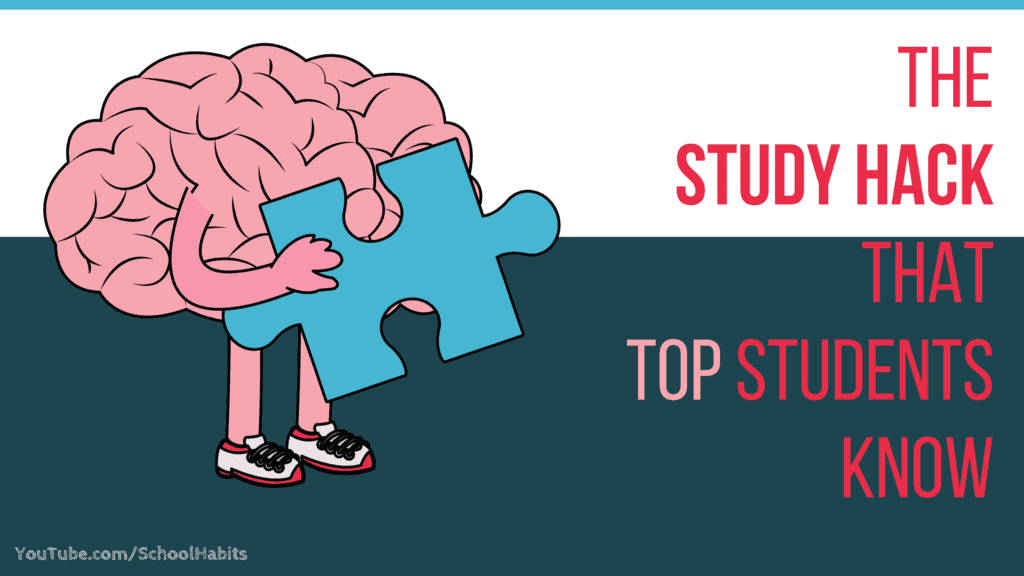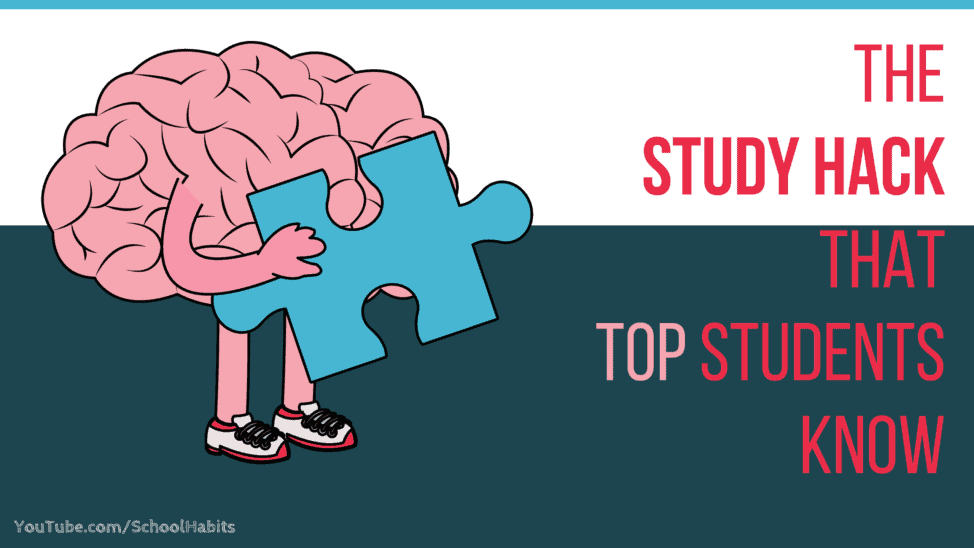
I love hacks. Who doesn’t!? As a student myself, I especially love study hacks, and as a teacher too, I especially love sharing a good study hack with others. (Obviously that’s why I started the SchoolHabits blog and YouTube channel.)
In general, we should vary our study techniques based on the content we are learning, the time we have to learn it, and our own personal learning preferences (visual, auditory, kinesthetic). But while each of us may study slightly differently depending on all of those factors, there is one study hack that makes sense for everyone to follow, all of the time: Find the gaps.
What does Find the Gaps mean? Let me explain.
So many of us sit down to a study session and study everything we have in front of us — all the handouts, all the notes, the quizzes, the textbooks, everything. And then when we don’t do well on the test, we’re shocked, thinking Whyyyyy? I studied everything!
Just because we study everything doesn’t mean we understand everything. This distinction is important. So the study hack that top students know is to figure out what they don’t know. Pinpoint exactly where you stopped understanding something. Find the breakdown. Find the gaps.
For example, if you’re studying World War I for a history test, be sure that when you’re studying, you sincerely understand every little bit of the information that’s in front of you. If you find yourself saying “I don’t get why the war started,” break that down until you can identify exactly what you don’t understand about the beginning of the war. Do you know who was involved? Do you know about the Central Powers and the Triple Entente? Do you understand the geography of the European countries impacted?
It’s not that you don’t understand everything related to the war’s start — you just don’t understand a piece of the information. Take some time to figure out the exact, specific part of [whatever you’re studying] that you don’t understand. And then learn that.
To make an analogy (why not?!), it’s like being tested on the alphabet and you keep getting it wrong. Instead of saying “Ahhh I don’t know my alphabet!” and giving up, just try to figure out exactly what letter you’re forgetting or getting wrong — and then focus on getting that letter straight. Once you identify the missing information (once you find the gap), the rest will fall into place.
A more practical example would be if you’re learning how to divide fractions and you can’t seem to understand how to do it. In this case, go back to the very beginning, trace your steps, and try to discover the very moment of breakdown. Maybe the whole reason you can’t divide fractions is because you keep mixing up the definitions of numerator and denominator. That’s your gap. So fill the gap by studying the definitions of these important terms, and then you’ll be able to move on.
Final notes on using this study hack
To sum up this study hack, it’s critical to figure out exactly what we don’t know about a topic, and then focus on clarifying that information. We are all guilty of saying “I don’t get it!” and throwing our hands up. But, instead I challenge you to backtrack and nail down exactly what you don’t get. Find the gap. And then study that information intensely.
The cool thing about this study hack is that it can be used any time we learn information, not just when we are studying or reviewing it. In fact, it’s a highly effective technique to use when we are learning information for the first time, like in a classroom setting. So the next time you’re in a lecture class or you’re in an intellectually challenging conversation with someone (or even when you’re reading a book), pay attention to the very moment when information starts to become blurry. At this point, raise your hand or pause the conversation to ask for clarification. Do not move on until you’re positive there are no gaps.
Also, here are 10 more study tips if you’re looking for more like this one.


